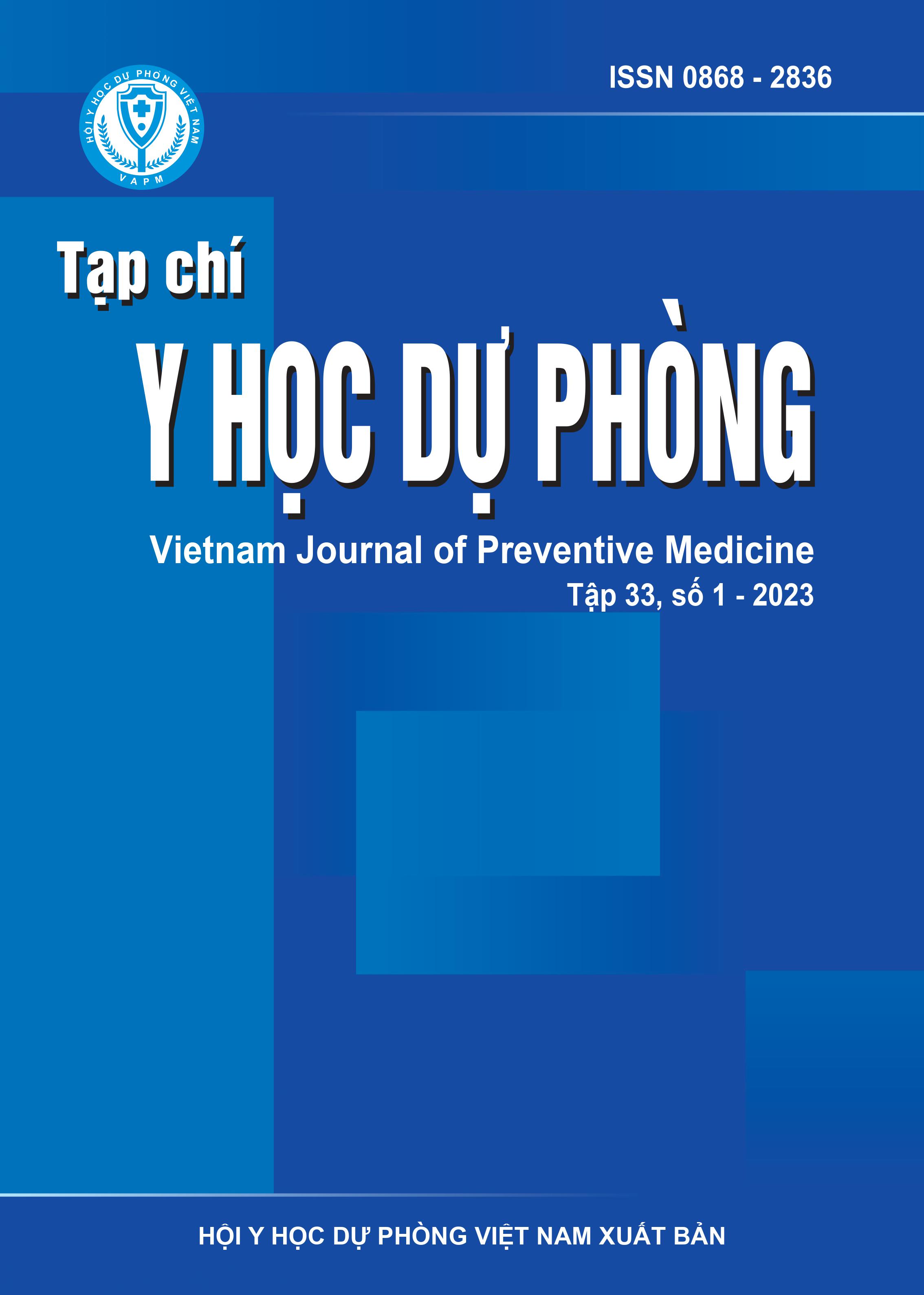Situation of anthrax disease in humans, animals and environment in Ha Giang, Son La provinces, 2010 - 2022
DOI:
https://doi.org/10.51403/0868-2836/2023/940Keywords:
Anthrax, B.anthracis, Ha Giang, Son LaAbstract
Study on a series of disease cases to describe the current situation of anthrax in humans, animals and the environment in Ha Giang, Son La in 2010 - 2022. The results show that anthrax occurs in most of the years, with a high concentration from 2014 to 2019. Outbreaks usually occur in the months of July - September of the year. The age distribution was high in the group < 5 (13.1%), 26 - 30 (19.2%) and the group 31 - 35 years old (12.1%); The average age of the disease was 27.8, the highest was 61 and the lowest was 1. Males accounted for 75.8%, 3.1 times higher than females. 64.6% of disease cases have a history of animal contact such as direct contact, slaughter, eating dead cattle; 11.1% of schools had a history of contact with soil in areas with wastewater from cattle and buffalo stables. Since 2008 animal
samples have been collected and tested positive for B. anthracis in samples from cattle and buffaloes. Testing of soil samples from 2016 up to now shows that the soil sample contains Bacillus cereus bacteria carrying the toxin gene of B. anthracis. Thus, anthrax still occurs in Ha Giang and Son La on humans and animals, and B.anthracis bacteria still exist in the soil environment.
Downloads
Downloads
Published
How to Cite
Issue
Section
License
Publication License No 150/GP-BTTTT signed on May 8, 2014;
Electronic Publication License No 322/GP-BTTTT signed on June 15, 2016.


